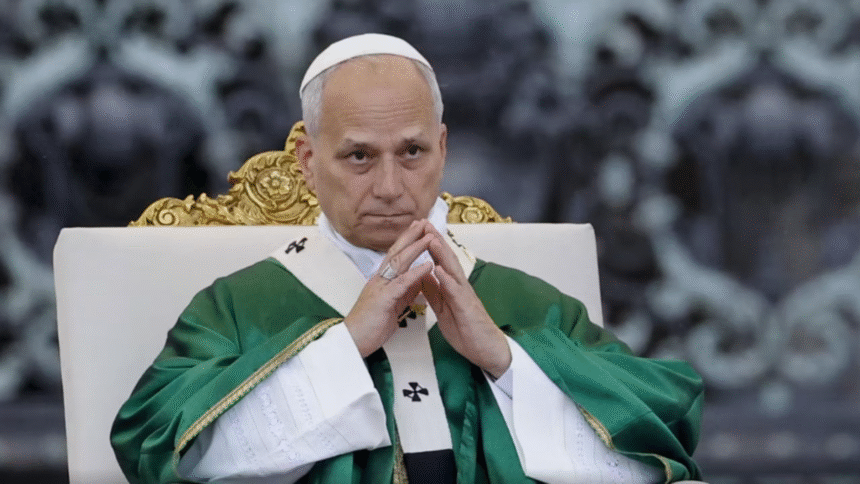The Vatican’s new financial reform has officially come into force following its publication in L’Osservatore Romano.
Through the Motu Proprio “Coniuncta Cura”, Pope Leo XIV has reorganized the Holy See’s financial structure by stripping the IOR (Institute for the Works of Religion) of its exclusive investment rights and restoring APSA (Administration of the Patrimony of the Apostolic See) as the central body for fund management.
The decision, based on recommendations from the Council for the Economy and the Investment Committee, aims to strengthen “shared responsibility” among Vatican institutions, in line with the Apostolic Constitution.
What Changes
Under the new legislation, APSA becomes the main institution responsible for managing the Vatican’s financial assets. The IOR retains an operational role but no longer holds a monopoly. APSA will be able to use IOR’s infrastructure for financial transactions, but for the first time in decades, it can also work with external intermediaries—domestic or international—if deemed more efficient by the Investment Committee.
Purpose of the Reform
The Pope’s decision is both institutional and strategic: it seeks to enhance transparency, avoid the concentration of economic power, and strengthen internal oversight over the Holy See’s finances. With this move, Pope Leo XIV establishes a new balance between APSA, IOR, and the Investment Committee, promoting a more stable system open to scrutiny.
Why the 2022 Rescriptum Is Revoked
The new Motu Proprio overturns Pope Francis’s 2022 decree that centralized all investments under the IOR. Now, with “Coniuncta Cura”, APSA’s role as the wealth administrator is restored, while the IOR moves into a collaborative, not controlling, position.
The Investment Committee and External Intermediaries
The Investment Committee remains the body responsible for approving and overseeing Vatican Investment Policies. It may authorize the use of external financial intermediaries when this ensures greater efficiency or security. This flexibility aims to guarantee professional fund management in line with international standards while upholding the Holy See’s ethical principles.
A Step Toward Transparency
The reform will also extend to dioceses and religious institutions affiliated with the Vatican, which must now align with the new Investment Policies. The goal is to unify financial management standards across the entire Catholic Church system.
A Reminder from the Past
The IOR—commonly known as the “Vatican Bank”—has long been mired in controversy, from the Banco Ambrosiano scandal (1982) to money laundering investigations in the 2000s. Pope Leo XIV’s reforms are seen as the final effort to close this dark chapter and build a financial system rooted in transparency and accountability.
According to the 2024 financial report, the IOR manages around €5.7 billion in assets and reported profits of €32.8 million, while APSA oversees assets exceeding €2.7 billion. Under the new reform, both institutions are expected to collaborate closely within a modern framework that unites efficiency with ethics.







